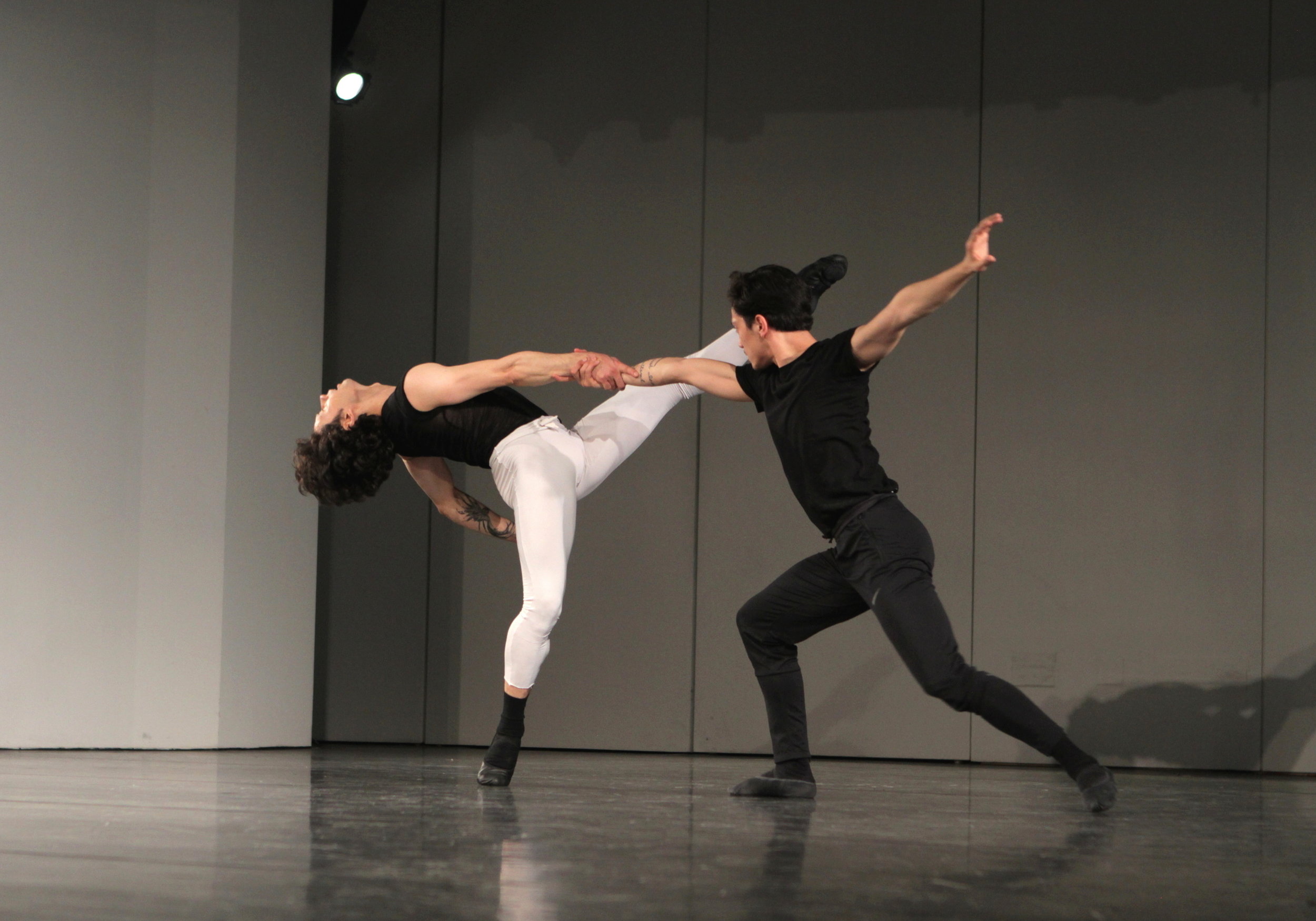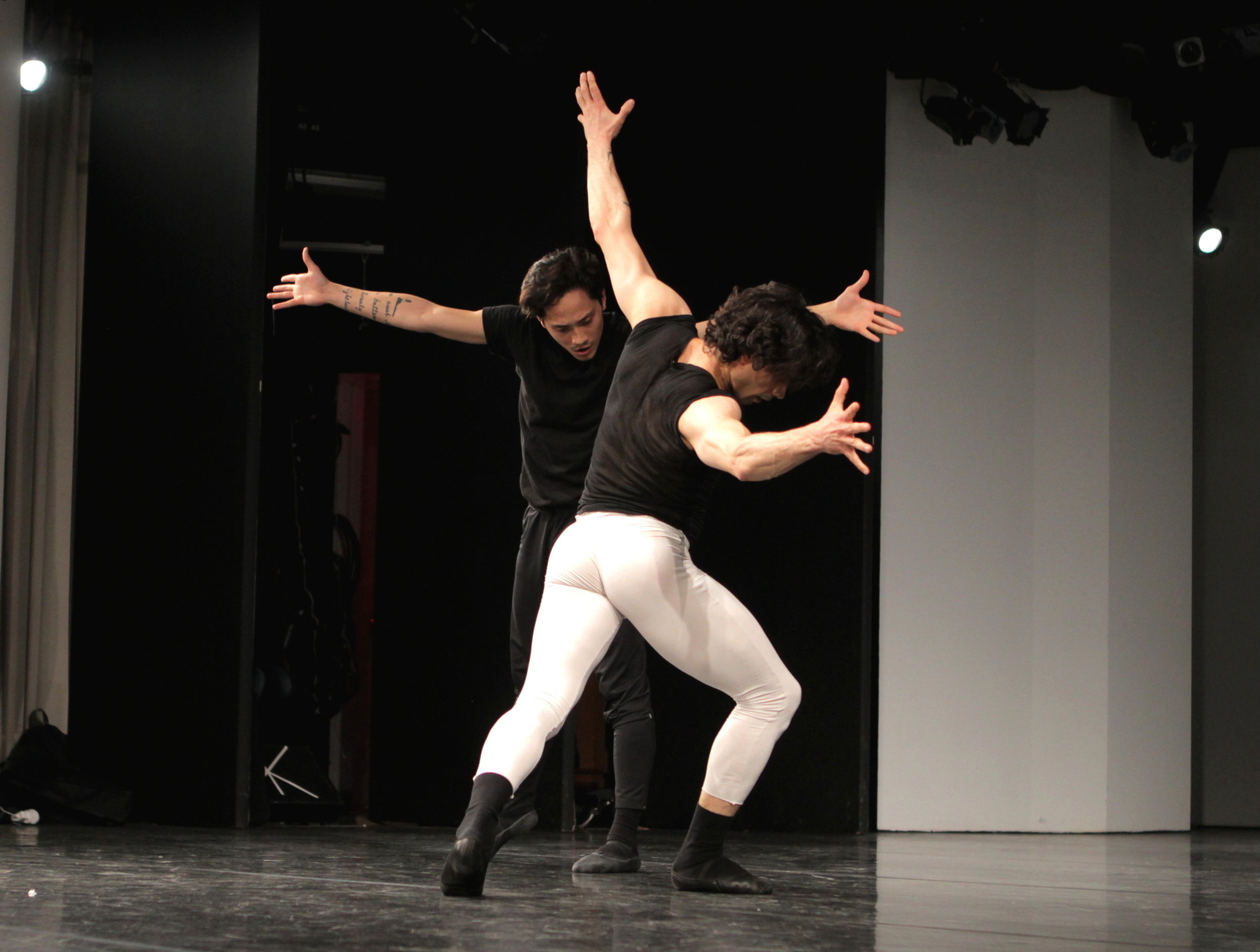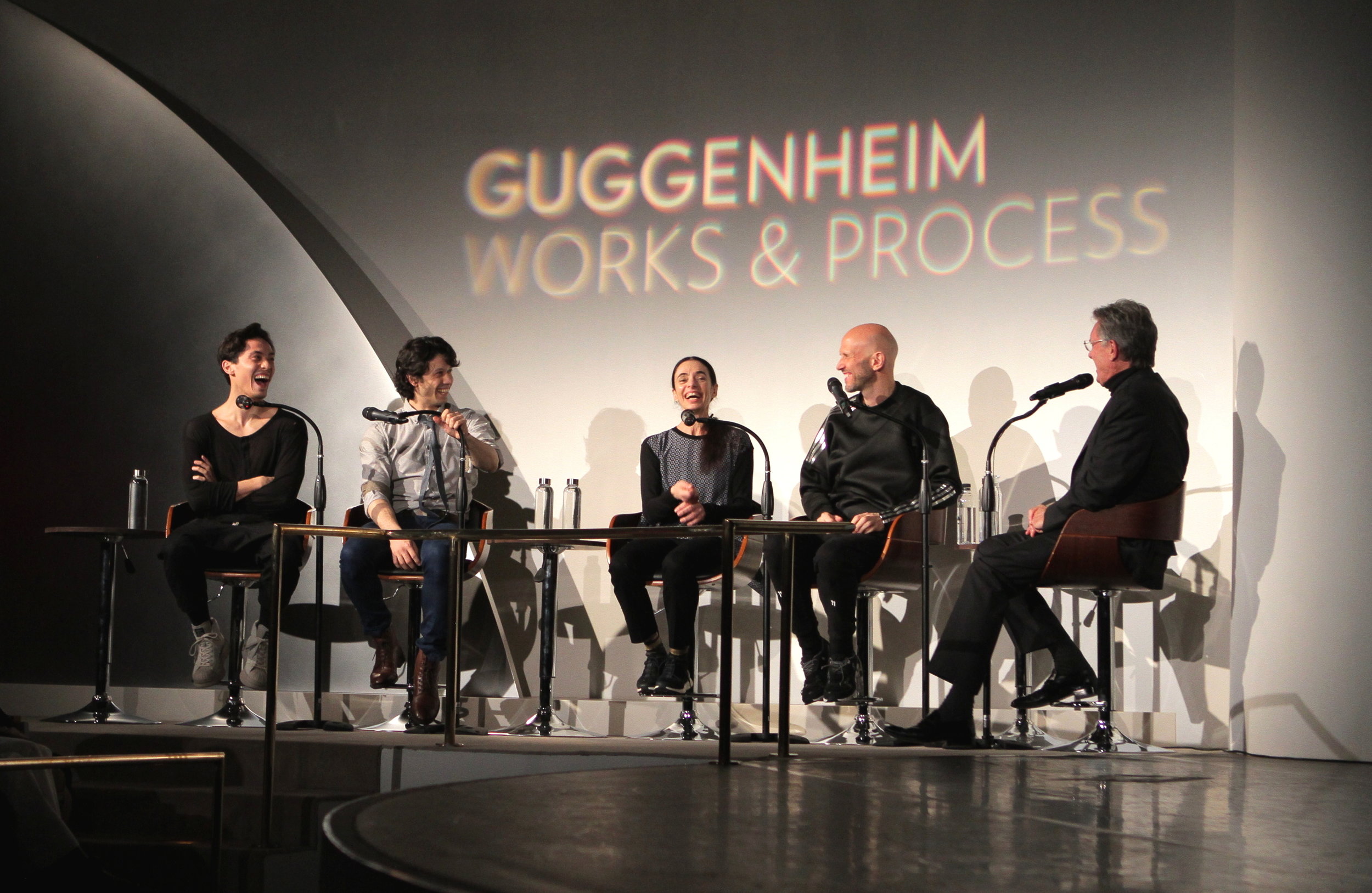I first saw British choreographer Wayne McGregor’s work at the New York City Ballet Architecture of Dance Festival in 2010.
Even then, I found him a Gladwell-ian outlier, a renegade who did not allow traditional dance borders to constrain his work.
Eight years later, I am even more under the spell of this gifted iconoclast. I was lucky enough to meet McGregor at this year’s Rolex Arts Weekend. We ended up chatting outside one of the events, I, having no idea I was talking with him, was insufferably candid about some things we were seeing, or about to see, and he, modest to a fault, did not identify himself into well into the conversation.
In a way, this is also his sublime gift to dance: he absorbs, reflects, reprocesses and gives back in a hugely collaborative way, always crediting the music and the dancers well before allowing any recognition of his own substantial gifts.
Next week, American Ballet Theater will present McGregor’s AFTERITE ,so called, says the choreographer, because Stravinsky’s The Rite of Spring, a piece that has already had, according to Wikipedia, 150 productions, “sits on your shoulders”. The dance is an “afterimage”, a “palimpset’ with many layers, a prism through which he is filtering fragments of the past, but mostly just striking out on his own.
McGregor presented a ‘rehearsal’ of some duets at Works and Process at the Guggenheim in anticipation of the world premiere. It’s always a wonderful place to see things in formation, but I have never felt as stimulated by an evening there and it’s due to the generosity of McGregor and three of his dancers Alessandra Ferri, Herman Cornejo and Jeffrey Cirio.
There is a lot to go up against in The Rite of Spring, all the way from Diaghilev and Nijinsky through MacMillan, Tetley, Graham and Bausch. The ballet which depicted a pagan ritual in which a young girl dances herself to death premiered in 1913 in Paris and caused a sensation but will have been created anew by McGregor who originally began thinking about this piece for the Bolshoi. He arrived in Moscow two days after the acid attacks which understandably destabilized the company, and after a respite, Alexei Ratmansky encouraged him to take it up again at ABT.
Each company “sits in its own cultural and political context’ says McGregor, so he started from scratch, four years ago. McGregor points out the “hunger” of American dancers, their speed and alertness, their ‘can-do’ but at Works and Process, the Italian and the Argentinian were equally deft at inhabiting McGregors taffy-pulling, undulating, wraparound aesthetic with athleticism and grace. His own company, now in its 25th year, is permanently imbued with this muscle memory.
But about the other dancers he works with, McGregor says in the end its really about the individual. “You find them or they gravitate toward you….and they surrender to the process.” At Works and Process, these dancers, erstwhile Swan Queens and Princes, had clearly surrendered. McGregor circled them like a cameraman or photographer, matching their attenuated, undulating bodies with his own gliding steps and patter of “wrap, mwas, great, easys, yeahs, chays, choomps, whooshes, aways” and, always, always, “more”. In his black sneakers, black workout pants and black leather shirt he was something of the John Travolta fanboy he once was in his early days in Manchester when Grease and Saturday Night Fever made him want to move. He begged his parents for lessons in ballroom, disco and Latin but he thinks it doesn’t matter how you start, though his degree in choreography at Leeds helps him organize time, space and bodies, and gave him some technical skills of composition he prizes.
His ’burning need’ to choreograph is still present. You can see how his curiosity, enthusiasm, and openness infects his dancers who become at once sinewy and torqued: on cue they are willing to give him that last bit of elasticity and fearlessness his choreography demands. He calls them “co-authors” and they honor this responsibility. “We’re doing it together,” he insists. They reminded me of vines, growing, seeking, a bit wild, but always finding the crack or space in which they could safely pause for the next growth spurt. McGregor wants to be inclusive in other ways: his dancers span an age range (in this piece there are 13) all the way up to Ferri who is 55 though she looks like the ethereal sprite she always has.
He is slightly coy about what we are to expect: a mother and two children, perhaps a maiden, but more than that he won’t reveal. He says his images for the production—he has always liked spec fiction-- which contains film as well, came from the Atacama desert in Chile, where Pinochet buried his prisoners. He wants the viewer to react to ,” a series of tensions, of the cosmos and the forces of love” in real time without preconception, to follow “the golden thread”, the “mosaic” with openness and to come fresh to a work which has a great deal of baggage. He thinks big, he has not only the dance vocabulary but a literary and architectural base of knowledge that defines him as the polymath he most surely is.
In an onstage Q and A after the rehearsal, Ferri says, “he feeds us with this quality, this fun thing of going into a new world, a world where you are out of control”. Cornejo says, “he lets us go where our bodies go”, and Cirio summarizes, “ he keeps the personality of all dancers”.“We can go [back] to the classics later with a wider view, ” adds Cornejo.
I think we too, as the audience, will feel equally enriched.
All images courtesy of American Ballet Theater and Works and Process

![IMG_8793[4].JPG](https://images.squarespace-cdn.com/content/v1/5888ae4a1e5b6c469bd7775b/1526401332449-07ZCD5BN8K55KDU3GRVL/IMG_8793%5B4%5D.JPG)

